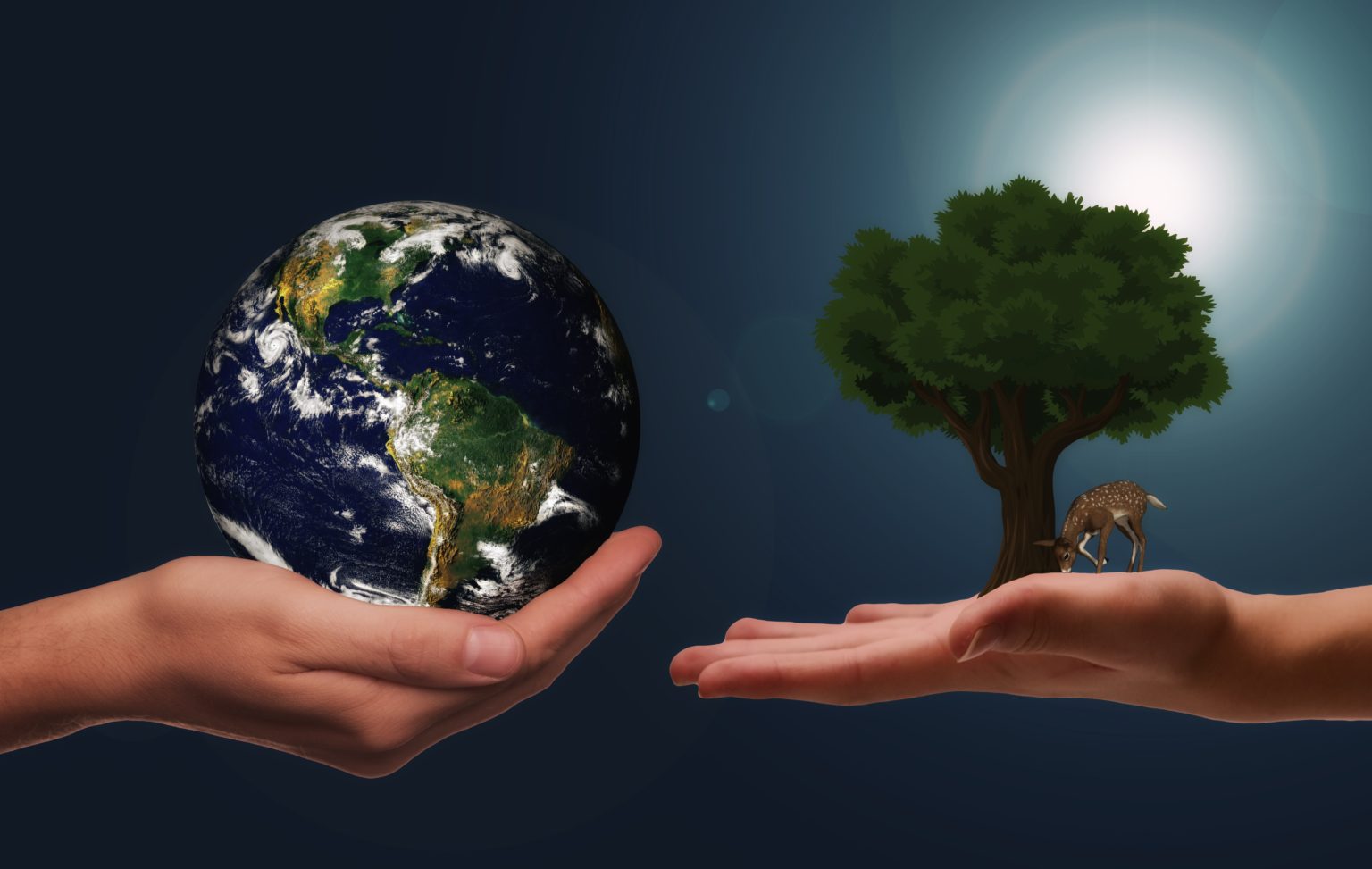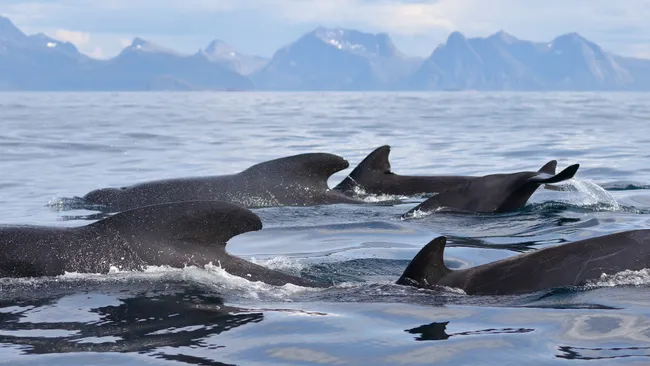Human activities have negatively impacted wildlife mainly through habitat invasion and the extinction of wild species. Though humans coexist well with many domestic animals, human actions such as deforestation, ocean pollution, and poaching have put many wildlife species at the brink of extinction. Luckily, there are ways to reduce human-wildlife conflict. Minor actions towards wildlife conservation can make a big difference when everybody works together. Below are five amazing ways to give back to mother nature through wildlife conservation.
1. Protect Wildlife Habitat
Habitat loss poses a big threat to the survival and continuity of many wildlife species. In many parts of the world, humans turn forests and grasslands into residential and agricultural farmland. Destruction of natural habitats displaces many wild species that cannot coexist with humans.
Aside from displacing wildlife, deforestation also threatens the continuity of many plant species. Illegal forest clearing eventually leads to soil erosion, desertification, and climate change, affecting humans and wildlife. Habitat protection is an effective way of minimizing human-wildlife conflict and protecting endangered species.
Afforestation of affected regions can do wonders in wildlife conservation. Lastly, setting up more reserves, parks, and other wildlife-protected areas can help many species recover from habitat loss.
2. Buy Responsibly and Recycle Household Items
The by-products of human consumption, like plastic water bottles and electronic waste, pollute the environment, thus exposing humans and wildlife to many health risks—the planet benefits when you recycle household items and reduce overconsumption. Water bottles, berkey water filters, plastic cups, and utensils are a few reusable items. Reducing your energy consumption also helps to save and conserve natural resources.
Despite the huge effort into wildlife protection, the illegal wildlife threat still thrives in many countries. You can help end wildlife trafficking by avoiding products made from endangered wildlife species. While on vacation, resist the temptation to purchase wildlife souvenirs. When you buy wild game souvenirs, you accelerate the decline of endangered species and risk committing a criminal offense. You could receive a hefty penalty or even face jail time if found with illegal wildlife products.
Communities can contribute to wildlife conservation through public awareness campaigns to educate people about the importance of recycling.
3. Join a Wildlife Conservation Organization
Today, many conservation organizations exist to improve human-wildlife coexistence, protect natural habitats and endangered animal species. Though each organization will have a unique mission, finding a group that shares your interest is easy. Becoming a member gives you the chance to be involved in wildlife conservation efforts.
Many conservation clubs depend on volunteers to achieve their mission. Such volunteer programs offer excellent opportunities to learn more about wildlife. You can help in beach clean-ups, wild animal rescue operations, tree planting missions, and tourist guides.
4. Visit Public Parks, Zoos, and Reserves
Many wildlife reserves, parks, aquariums, and zoos charge entrance fees to all visitors. This entry fee and other park charges go a long way in helping these protected areas’ day-to-day management. You will enjoy watching animals in their natural habitats and participate in conservation programs whenever you visit nature parks.
Besides the regular entrance fees, visitors can help fund animal protection initiatives by making donations. Over the years, there have been many donor-funded conservation programs to save endangered species such as the Tiger, Silverback Gorilla, Blue whale, White Rhino, and Polar bears.
5. Eat Sustainable Foods
Overconsumption of food by humans poses a significant threat to the survival of wildlife. Today, many inland rivers and lakes are overfished due to the growing worldwide fish demand. Overfishing and commercial fish breeding continue to push many fish species towards extinction. Oceans and seas face the same problem where invasive fishing techniques such as deep-sea trawling. These modern fishing techniques can damage the ocean floor and destroy coral reefs.
Overconsumption promotes unsustainable agricultural practices, which further harm natural ecosystems. For example, the growing global demand for palm oil contributes to the loss of forest cover when trees and vegetation are cleared to pave the way for palm tree plantations.
It is important to consider food production methods when shopping for meat and groceries as a consumer. Commercial agricultural production usually entails pesticides and herbicides, which wreak havoc on the environment. These chemicals may also penetrate the water table and pollute safe drinking water. Organically produced foods pose less harm to the environment due to biological methods to manage diseases and pests.
How Governments Can Boost Wildlife Conservation
Governments can help protect wildlife by passing laws that discourage illegal logging and forest encroachment. For example, governments can help prevent bird strikes in urban areas by enforcing regulations to make all glass windows bird-friendly. Governments can help end poaching when there’s a commitment to protect parks and punish poachers. For example, the ban on the ivory trade has been instrumental in assisting the recovery of elephant and rhino populations.







Leave a Reply